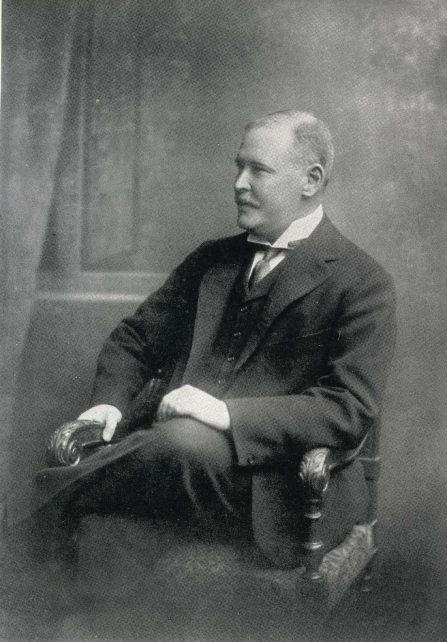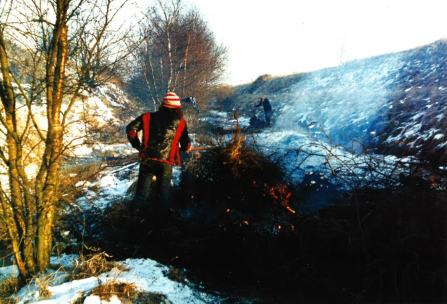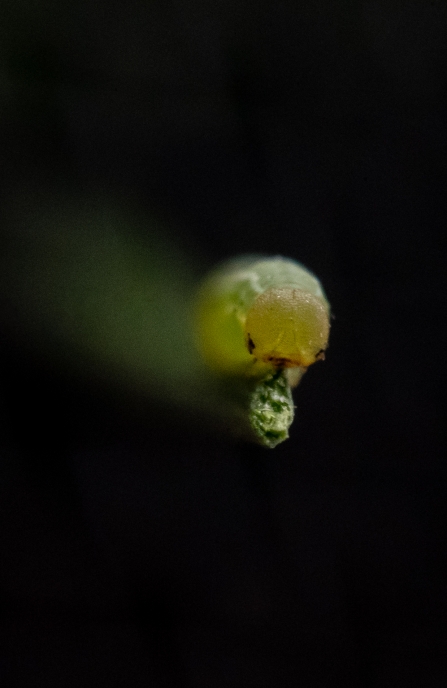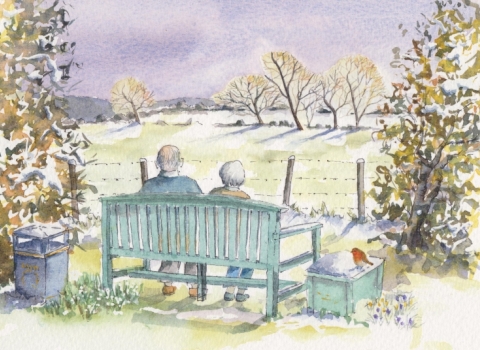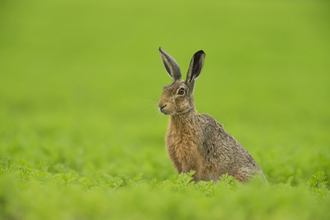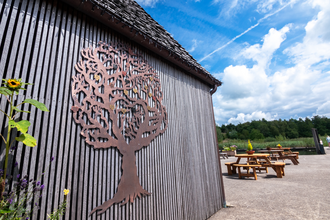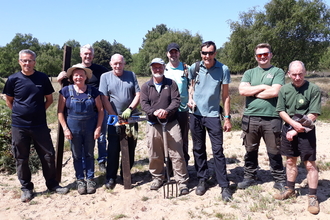We all remember a time when we've felt overwhelming wonder at the magic of wildlife. I can recall exactly where I was when I witnessed a 50,000-strong starling murmuration dancing in the early evening, and when I saw my first otter. I'll never forget the feeling when I finally saw a bittern flying over a reedbed after nine years of searching.
Experiences like this only reinforce that our precious wildlife and wild places need protecting, and thankfully, the Wildlife Trust for Lancashire, Manchester and North Merseyside has been at the forefront of local nature conservation for almost 60 years. As Remember a Charity Week begins, let's take a look a back at where we've come from, how we were formed and the barriers we've had to face.


